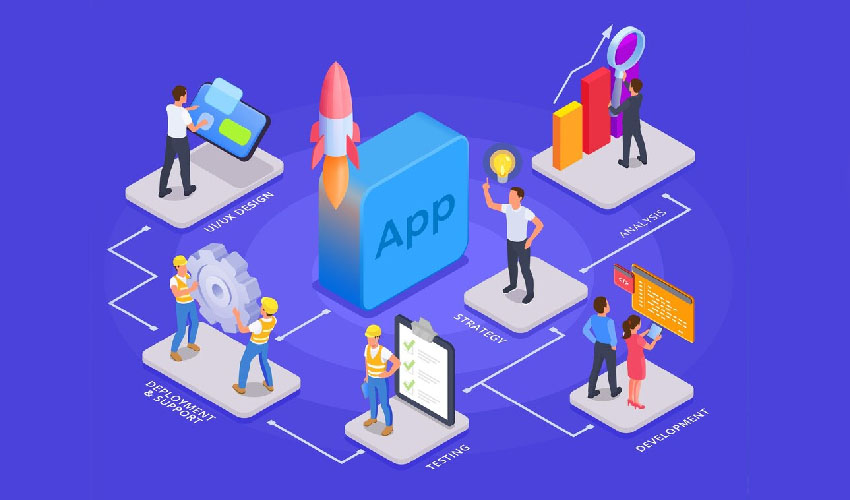Table of Contents
I. Introduction
Mobile app development has become a pivotal aspect of the digital landscape, providing businesses and individuals with powerful tools to engage users and enhance their experiences. When it comes to iOS app development, Swift stands out as a robust and efficient programming language.
II. The Swift Language
Swift, developed by Apple, has gained popularity for its speed, readability, and safety features. Choosing Swift for iOS development offers developers a streamlined and expressive language that facilitates the creation of high-performance applications.
III. Getting Started with Swift
Before diving into mobile app development with Swift, it’s crucial to set up the development environment. Xcode, Apple’s integrated development environment, is the go-to tool for Swift programming. Once the basics are covered, developers can start coding in Swift, mastering fundamental concepts and syntax.
IV. iOS App Design
Creating a visually appealing and user-friendly interface is a critical component of iOS app development. Developers need to consider not only the aesthetic aspects but also the overall user experience, ensuring seamless navigation and functionality.
V. Core Components of iOS App Development
Utilizing Swift libraries and frameworks enhances the development process. Native iOS features, such as push notifications, GPS, and in-app purchases, can be seamlessly integrated into applications, enriching the user experience.
VI. Testing and Debugging
Thorough testing and effective debugging are essential steps in ensuring the success of an iOS app. Developers should employ testing methodologies and leverage debugging techniques specific to Swift to identify and rectify potential issues.
VII. Optimizing for iPhone and iPad
Optimizing applications for different iOS devices is crucial. Developers must consider screen sizes, resolutions, and device-specific features to provide a consistent and enjoyable experience across iPhones and iPads.
VIII. App Deployment
The process of submitting an app to the App Store involves careful preparation and adherence to Apple’s guidelines. Developers should strategize for a successful app launch, considering factors like marketing, user feedback, and post-launch support.
IX. Keeping Up with Swift Updates
Swift undergoes periodic updates to enhance functionality and security. Staying informed about these updates is essential for developers to take advantage of new features and ensure compatibility with the latest iOS versions.
X. Common Challenges in iOS App Development
Compatibility issues and performance optimization challenges are common hurdles faced by iOS developers. Addressing these challenges requires a deep understanding of Swift, coupled with strategic problem-solving skills.
XI. Trends in Mobile App Development
As technology evolves, emerging trends in mobile app development continue to shape the industry. Developers should stay abreast of user preferences, technological advancements, and market trends to create innovative and relevant applications.
XII. Success Stories with Swift
Examining successful apps developed with Swift provides insights into effective development strategies. Learning from these success stories can inspire developers and offer valuable lessons for creating standout applications.
XIII. Future of Mobile App Development
Predicting the future of mobile app development involves considering technological advancements, user expectations, and industry dynamics. As Swift evolves, developers can anticipate new opportunities and challenges in the iOS app development landscape.
XIV. Conclusion
In conclusion, mobile app development with Swift offers a dynamic and rewarding journey for developers. Mastering the intricacies of Swift, navigating the iOS design principles, and staying informed about industry trends are key to creating successful applications.
Thanks for reading our post “Mobile App Development with Swift for iPhone and iPad”. Please connect with us to know more about Mobile App Development.






















